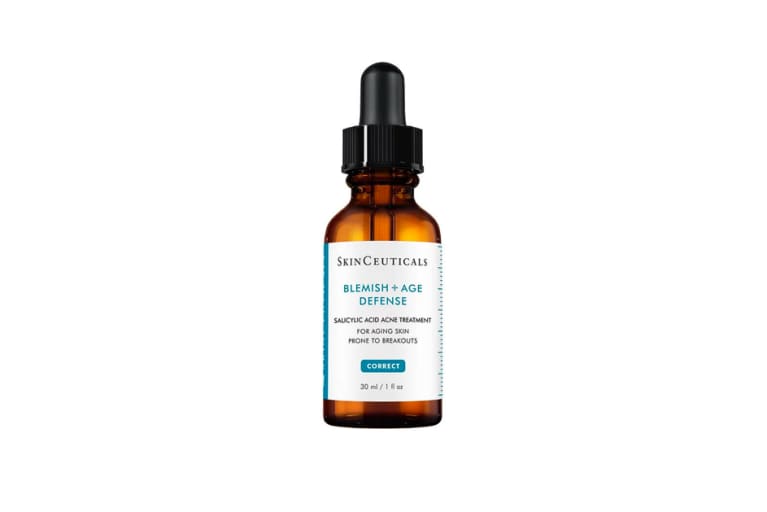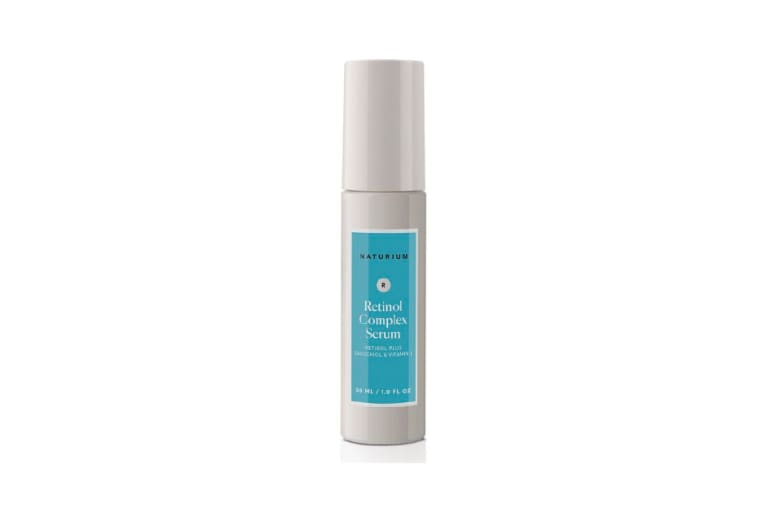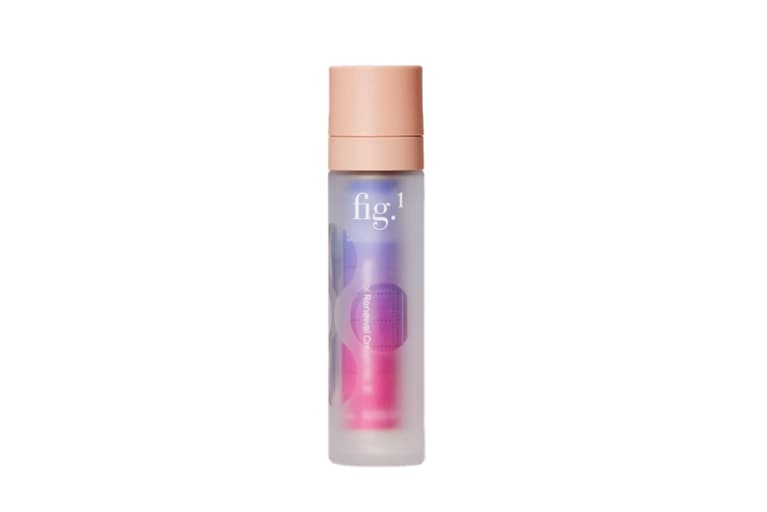
Our editors have independently chosen the products listed on this page. If you purchase something mentioned in this article, we may earn a small commission.
October 6, 2022 — 11:01 AM
Every beauty professional has their nonnegotiable steps. In our series, Like A Pro, we tap experts for the top three techniques they absolutely swear by. Here, you’ll hear from a variety of industry insiders on the fail-safe tricks they always keep in their back pockets. We’re all about simplifying your beauty regimen wherever you can, and sometimes the best routines are as easy as 1, 2, 3.
Oh, retinol—the forever buzzy vitamin A-derivative that may be a holy grail for some and a point of fear for others. Due to the potency of retinoids (the umbrella term for both prescription-strength and over-the-counter retinol), these ingredients can easily be misused, leading to irritation, redness, sensitivity, etc. Yikes, we know.
However, when used correctly, retinol can offer show-stopping benefits, from managing breakouts to easing fine lines and wrinkles, diminishing hyperpigmentation, and more. You just have to know the right way to use it for your skin type and concerns. In order to understand how to pick the best retinol for your skin goals, we spoke to board-certified dermatologist Courtney Rubin, M.D., FAAD, chief medical officer and co-founder of Fig.1 Here’s your retinol 101.
1. Take your skin concerns into account.
If you have acne-prone or sensitive skin, you’ll want to be extra mindful when shopping for a retinol product. Remember: Retinoid is an umbrella term, and there are a few different kinds of products that fall into this category, along with a wide range of concentrations.
See, retinoids contain a class of molecules that help to unclog blocked pores, Rubin says. But depending on what kind of acne you have, you may get better results from prescription-grade retinoids, like tretinoin or Tazorac. However, starting with an OTC product and increasing the strength over time might not be a bad idea (more on that in a bit).
On the other hand: “For those with sensitive skin, I love to look for products that contain encapsulated retinol, which utilizes a technology that ‘time releases’ the retinol more slowly, so it’s not hitting your skin all at once,” Rubin explains.
Further, those with sensitive skin will benefit from a retinol formula that contains barrier-supporting ingredients as well. A few of Rubin’s favorites include glycerin, squalane, ceramides, and hyaluronic acid. (This could mean your retinol comes in a cream, rather than a serum.)
2. Always, always ease into retinol.
“One of the hardest parts of starting to use retinol is the process of retinization, where the skin can become irritated or sensitized as it acclimates to retinol,” Rubin explains. Translation? Slow and steady wins the race. This means both with product potency and how frequently you use it.
Not sure where to start? Luckily, Rubin and the Fig.1 team formulated the perfect soft launch for retinol use. “We at Fig.1 developed a retinol step-up system, which allows your skin to acclimate to retinol at its own unique pace, without irritation,” she explains. The first step: Fig.1 Retinol Night Cream No.1.
After using a gentle retinol for six to eight weeks, Rubin recommends bumping it up to a slightly higher potency. How often you apply your serum is truly dependent on what your unique skin can tolerate. In general, though, potent retinoids will likely cause irritation if used more than once or twice a week. Again, it’s best to start slow and move your way up as needed.
3. Pair your retinol with barrier-loving ingredients.
On the evenings you use retinol, all of your other steps should focus on hydration. “I love to layer hydrating products with hyaluronic acid and soothing products with niacinamide with my retinol. These ingredients support the skin barrier and help to reduce the risk of irritation,” Rubin explains.
The most important rule: Avoid chemical exfoliants on your retinol night—period. Mixing these ingredients will significantly increase your risk of irritation. However, using an exfoliating serum the night before may actually help make your retinol even more effective (i.e. skin cycling).




